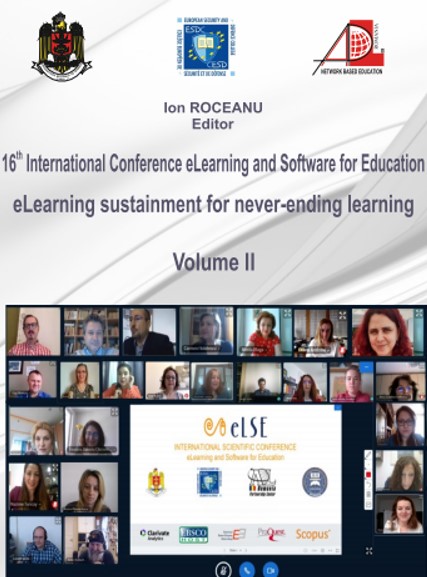FLEXIBLE METHOD FOR „SERIOUS” GAMES CATEGORY FOR ASSISTED VISUAL TRAINING FOR CHILDREN WITH VISUAL IMPAIRMENTS
FLEXIBLE METHOD FOR „SERIOUS” GAMES CATEGORY FOR ASSISTED VISUAL TRAINING FOR CHILDREN WITH VISUAL IMPAIRMENTS
Author(s): Barbara Braun, Mihaela Ioana BaritzSubject(s): Methodology and research technology, Health and medicine and law, ICT Information and Communications Technologies
Published by: Carol I National Defence University Publishing House
Keywords: deficiencies; interface; testing; training; evaluation;
Summary/Abstract: The paper presents a stage of the research on paediatric optometry, namely the one in which it was developed a new flexible method, based on a software interface using, allowing the visual correction, as virtual games in case of visually impaired children. The research was especially focused on the conception, programming and testing the interface that is displayed as an attractive game that could be used on PC, Laptop or tablet, for the purpose of the assisted visual training for children. The interface is addressed first of all to children aged between 6 and 10 years, this being an age at which vision correction is still partial or completely possible. It can be used for different categories of visual impairments, like squint, myopia, hyperopia etc. In the paper there are presented several logical sequences for programming, based on the main necessary algorithms for the interface running. There is also presented the way in which it could be used by the person itself submitted to the training procedure, or by the parents, teacher or optometrist, any of them being involved in the training activity. Another important issue is related to the proposed method feed-back, it being applied until now to three identified children, each with a different type visual impairment: the first one was found with squint, the second with hyperopia and the last with myopia. The visual training, in each case was performed for a period of three months, the training consisting in solving the tests proposed within the developed software interface. Initially and after each month of visual training some periodical evaluations were carried out, also using the described interface. For this reason it could be demonstrated the utility of the proposed method, it being also particularly attractive one for the children, therefore, the prerequisites for its widespread expansion in schools. This could have a medium or major impact in preventing the installation of irreversible visual deficiencies.
Journal: Conference proceedings of »eLearning and Software for Education« (eLSE)
- Issue Year: 16/2020
- Issue No: 02
- Page Range: 53-61
- Page Count: 9
- Language: English

